Elegant, beautiful and arresting, a Georgian house and estate in the heart of rural Herefordshire
The 266-acre Poston Court Estate, and the spectacular Georgian house at its centre, have come to the market. Penny Churchill takes a look.
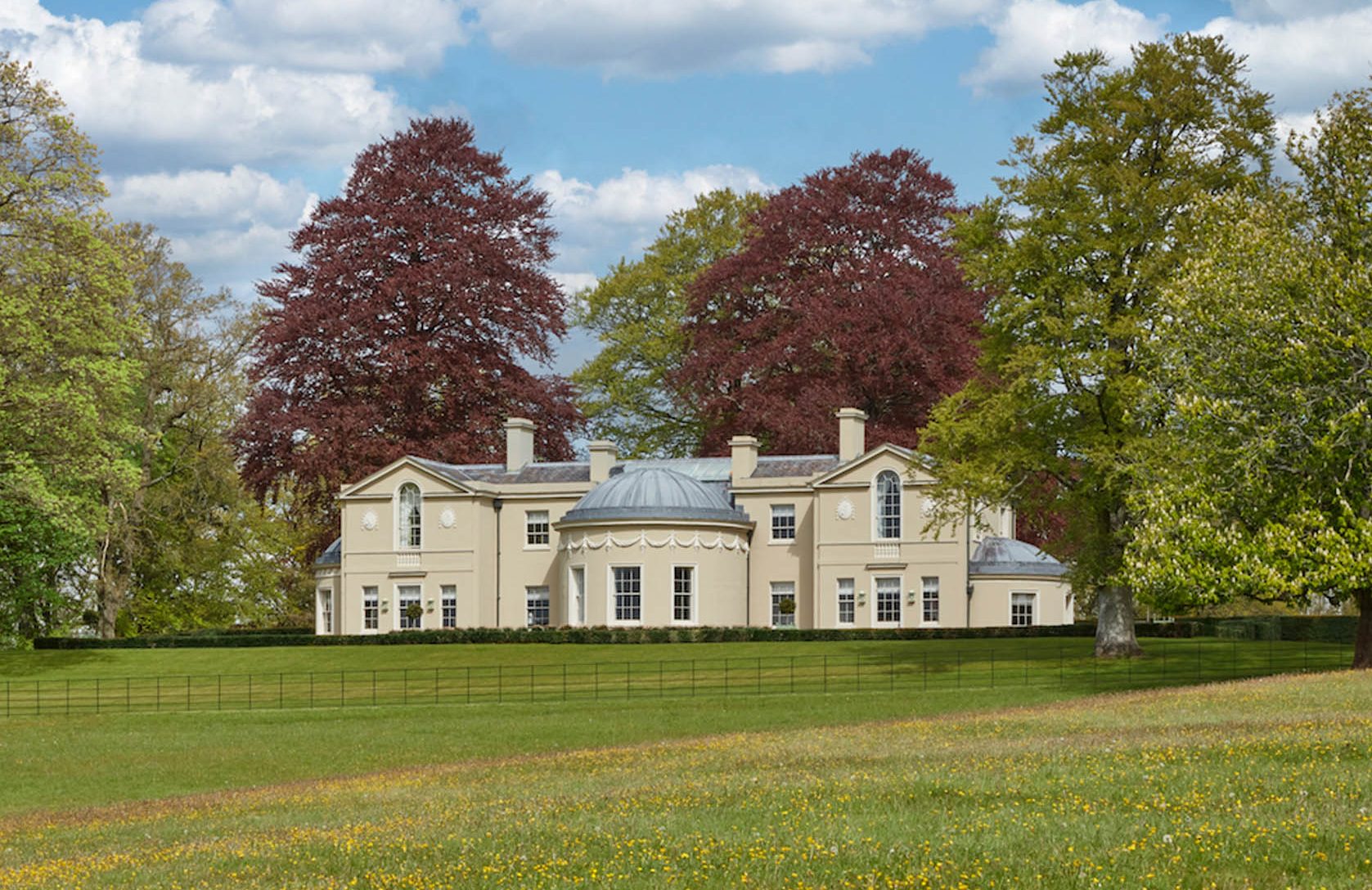

Bounded by Shropshire to the north, Worcestershire to the east, Gloucestershire to the southeast, and the Welsh counties of Monmouthshire and Powys to the west, dreamy, landlocked Herefordshire, best known for its fruit, cider and cattle, is one of the smallest, least-populated and most rural counties in England.
Having tested the water at the height of the pandemic, Will Matthews of Knight Frank and Crispin Holborow of Savills are overseeing the relaunch onto the market of the pristine, 266-acre Poston Court estate at Vowchurch, nine miles from Hay-on-Wye and 11 miles from Hereford, at a guide price of £9.55 million.

The focal point of the estate is Grade II*-listed Poston House, which stands on the site of a medieval deer park high in the western hills, looking out over the glorious Golden Valley to the Black Mountains and the Forest of Dean.
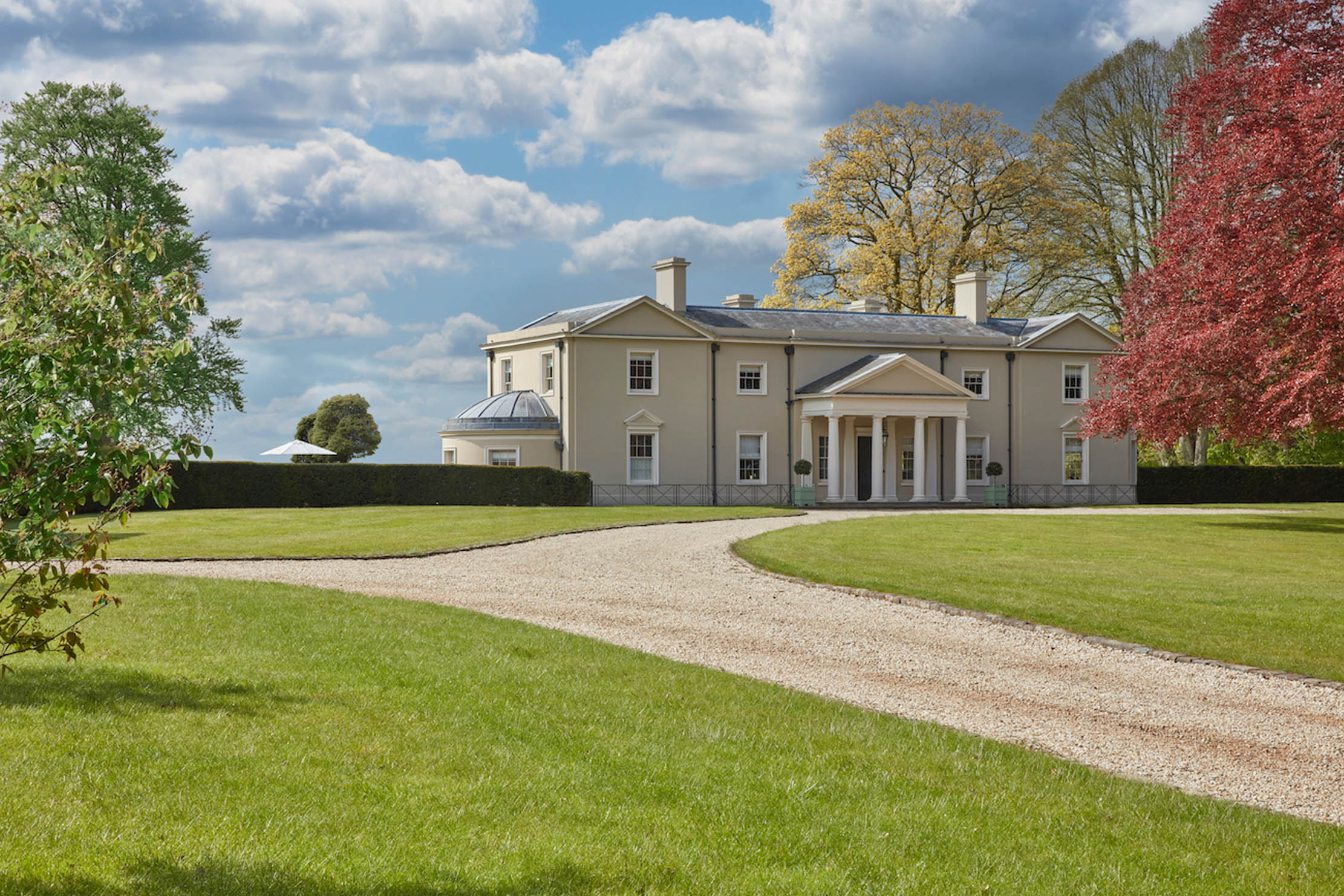
The original Georgian house was designed in 1765 by the architect Sir William Chambers, of Kew Gardens fame, as a shooting lodge for Sir Edward Boughton, whose father bought the manor of Poston from the 5th Duke of Beaufort’s trustees in 1749.
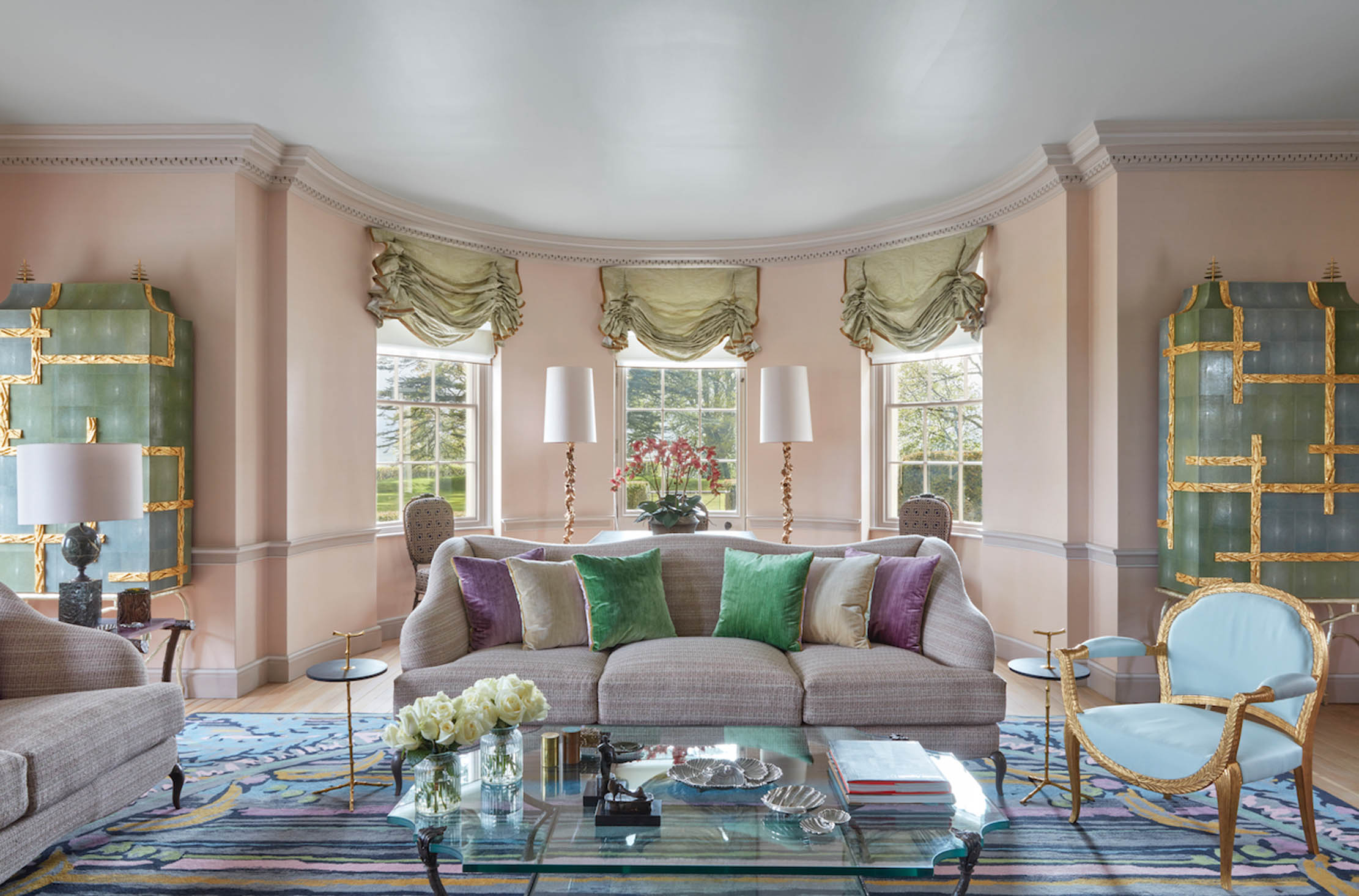
In the late 1800s, the house was altered and extended, with the addition of east and west wings. The estate grounds were laid out by Sir Thomas Robinson, who was master gardener to George III, and many of the magnificent trees seen at Poston today were planted at that time.
In the 1960s, the estate was sold to a local farmer, after which the ‘very charming shooting box’ mentioned in Pevsner went into rapid decline. By 1988, when Esmond and Susie Bulmer bought the Poston estate, the house was a virtual ruin, its classic late-18th-century rotunda a nesting place for hens.
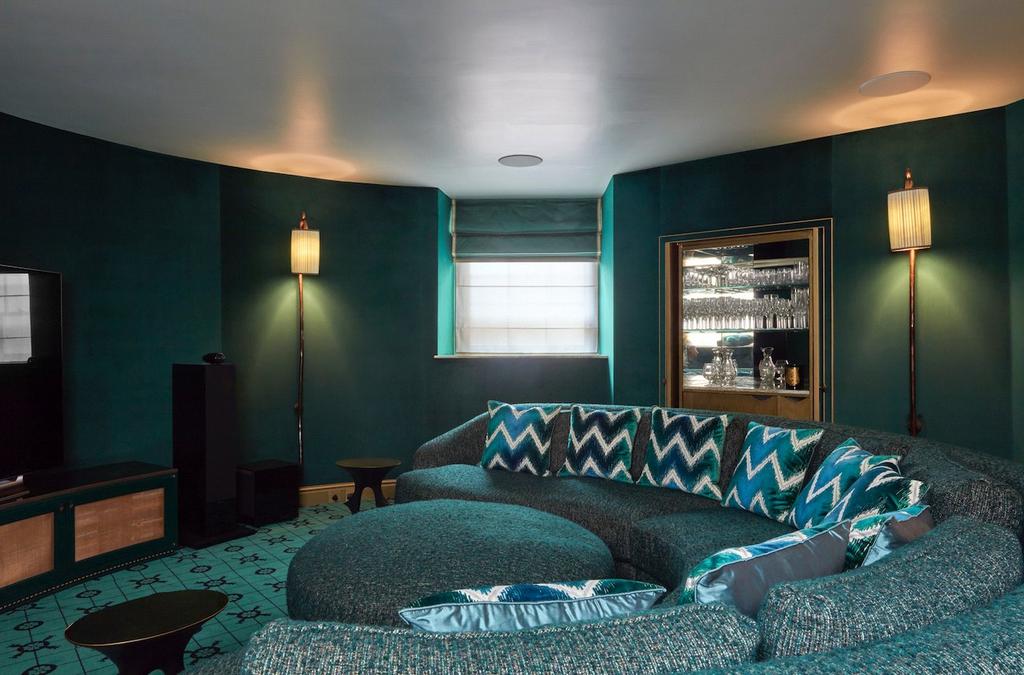
A 2005 article by Mary Miers in Country Life (July 7, 2005) traces the transformation of Poston House from a forlorn wreck to an ‘arresting country house on a diminutive scale’, thanks to an inspired collaboration between the Bulmers, the architect Philip Jebb and master-builders Treasure & Son of Ludlow.
Sign up for the Country Life Newsletter
Exquisite houses, the beauty of Nature, and how to get the most from your life, straight to your inbox.
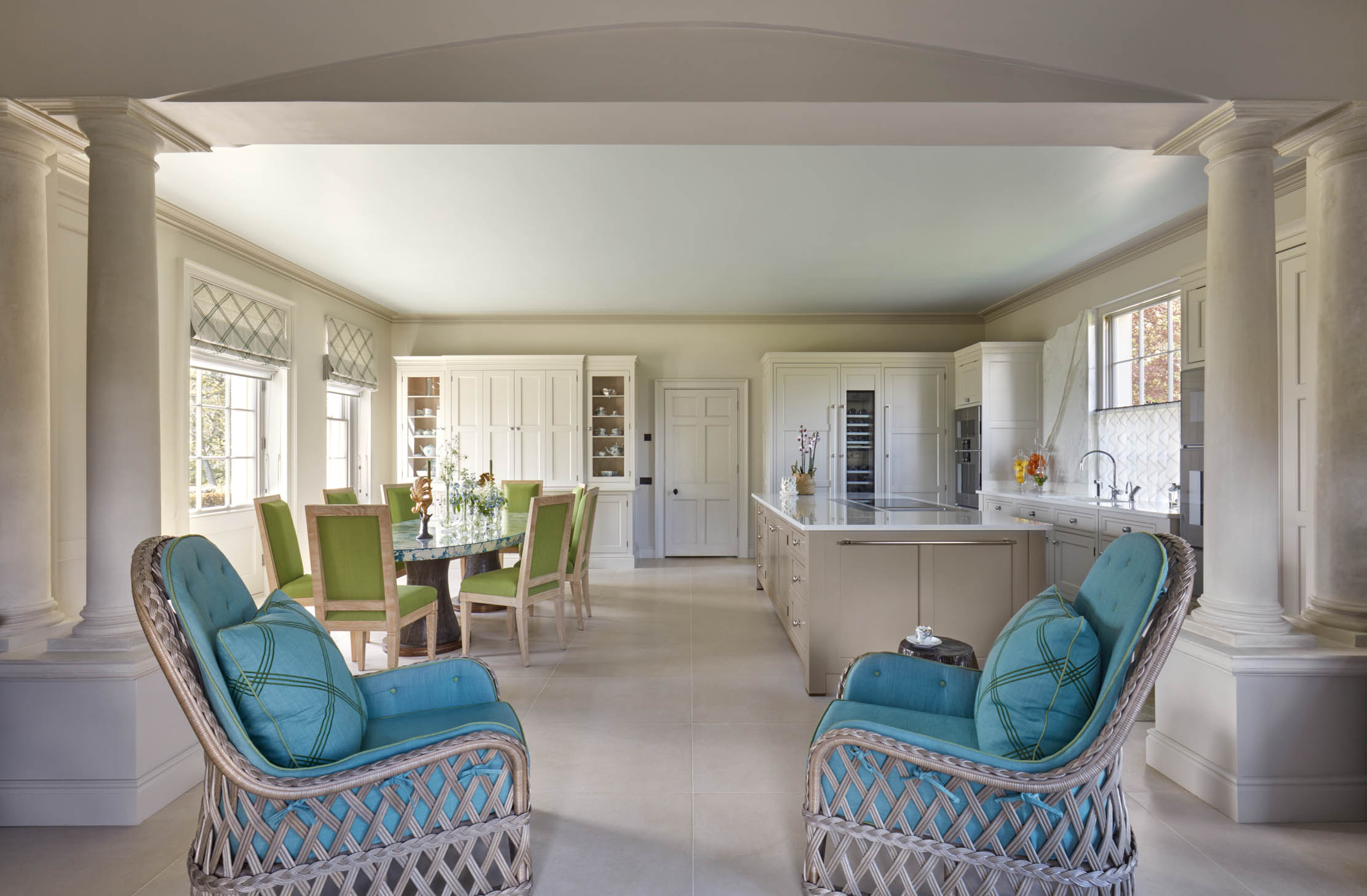
The remodelling of Poston House involved the restoration of the 18th-century core, comprising the south-facing round room, the hall, the staircase and the Doric portico, and the replacement of the Victorian wings by two-storey pavilions in keeping with the original Chambers design.
The former gate lodge, used as a farmhouse in Victorian times, was turned into a guest annexe, with buildings in the farm courtyard later converted into an office, a gardener’s cottage and garaging.
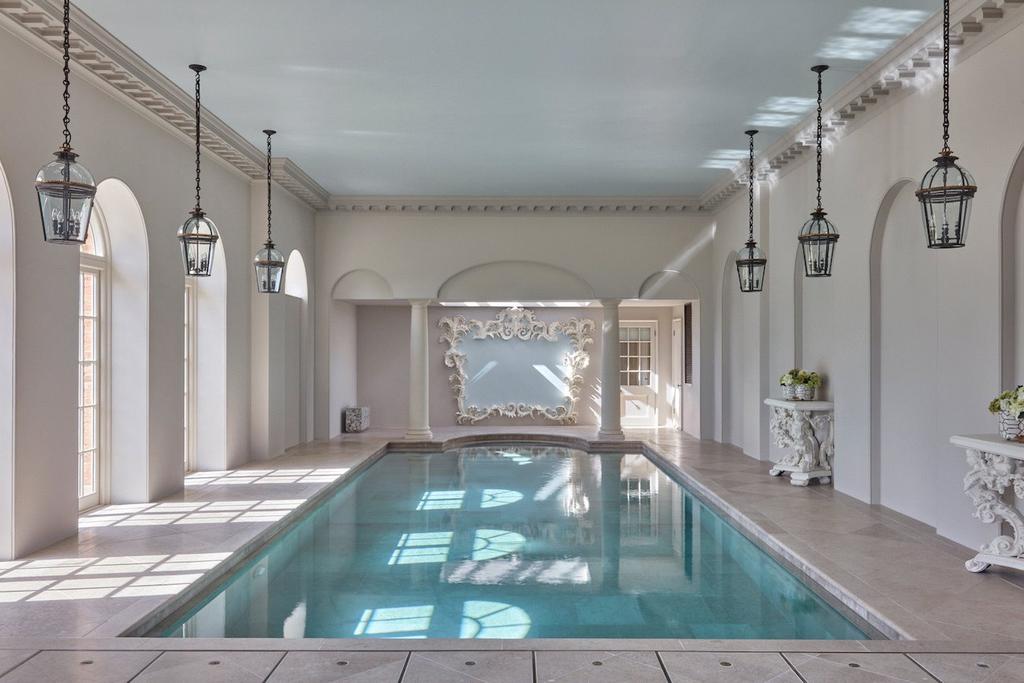
During their tenure, the present owners — who bought Poston Court in 2015 — have, according the agents, transformed ‘a timeless classical house into a modern masterpiece’, thanks to an extensive and minutely detailed programme of renovation, repair and/or rebuilding of the entire house, orangery and pool house, lodge, cottages and estate buildings, all carried out by a dedicated team of specialist craftsmen.
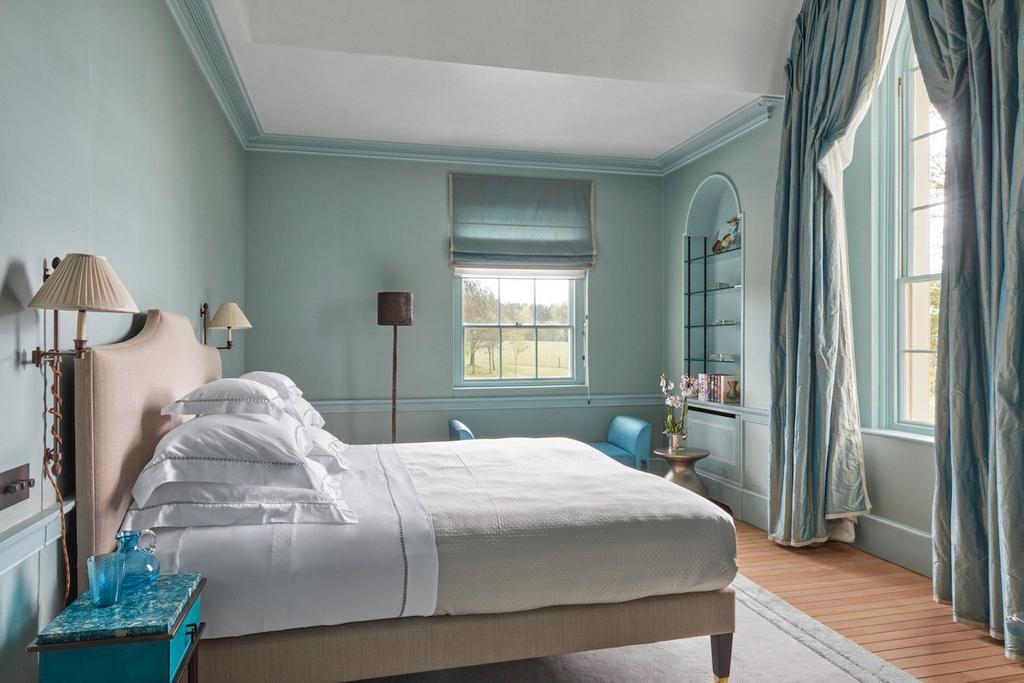
The main house offers 4,362sq ft of glamorous and colourful accommodation including an elegant drawing room, a comfortable library, a Chambers circular dining room, a bespoke Martin Moore kitchen and three bedroom suites, with a further three bedroom suites in Poston Lodge, and four further bedrooms in Poston Cottage.
The Poston Court Estate is for sale via Savills and Knight Frank — see more pictures and details.

Credit: Strutt and Parker
Best country houses for sale this week
An irresistible West Country cottage and a magnificent Cumbrian country house make our pick of the finest country houses for
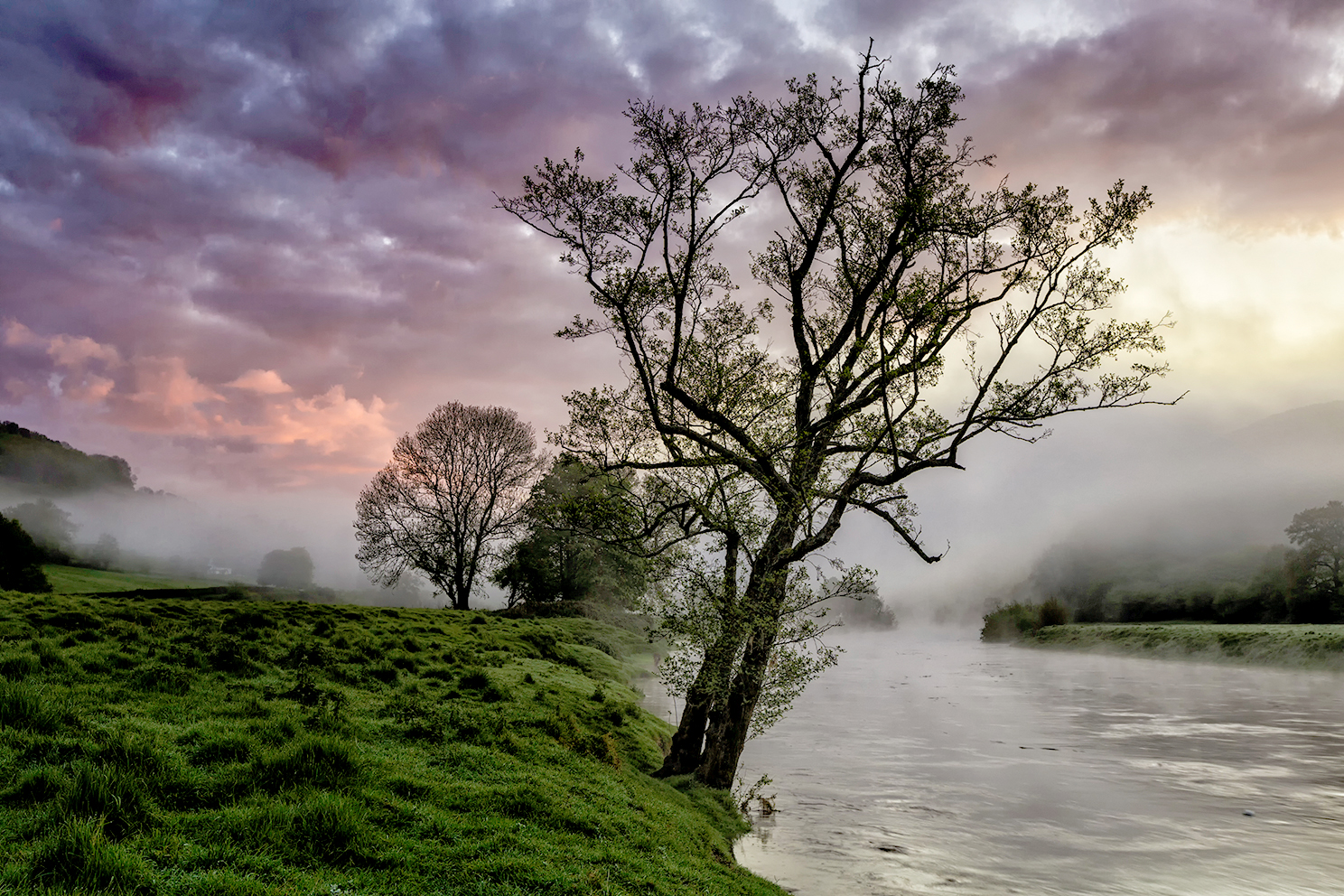
Travelling the Wye Valley: Castles, books and 'a secret place only Herefordians know'
Eulogised by Gilpin, Wordsworth and Coleridge and immortalised on canvas by Turner, the sylvan charm of the River Wye Valley
-
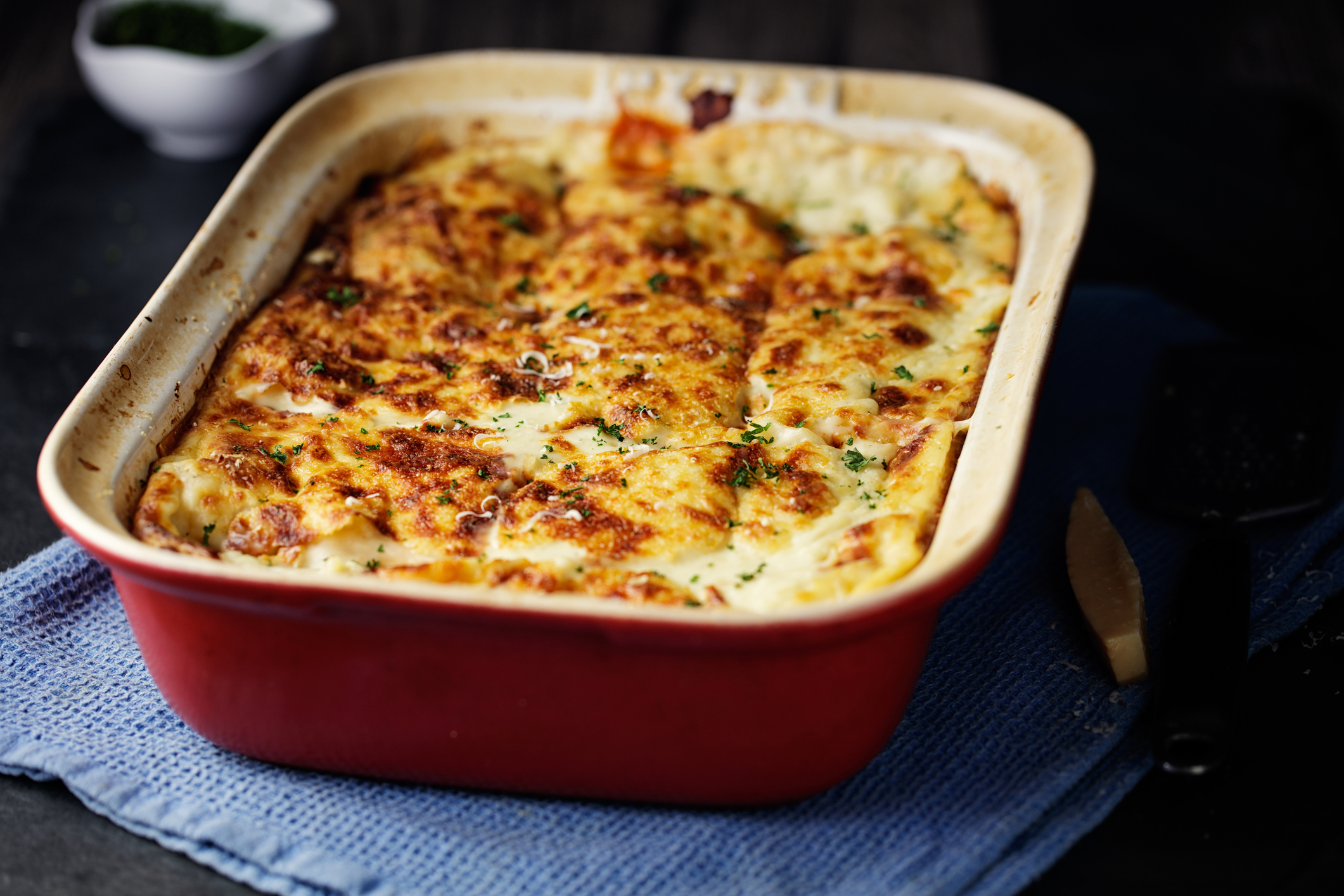 'Monolithic, multi-layered and quite, quite magnificent. This was love at first bite': Tom Parker Bowles on his lifelong love affair with lasagne
'Monolithic, multi-layered and quite, quite magnificent. This was love at first bite': Tom Parker Bowles on his lifelong love affair with lasagneAn upwardly mobile spaghetti Bolognese, lasagne al forno, with oozing béchamel and layered meaty magnificence, is a bona fide comfort classic, declares Tom Parker Bowles.
By Tom Parker Bowles Published
-
 Country houses, cream teas and Baywatch: Country Life Quiz of the Day, April 24, 2025
Country houses, cream teas and Baywatch: Country Life Quiz of the Day, April 24, 2025Thursday's Quiz of the Day asks exactly how popular Baywatch became.
By Toby Keel Published
-
 A day walking up and down the UK's most expensive street
A day walking up and down the UK's most expensive streetWinnington Road in Hampstead has an average house price of £11.9 million. But what's it really like? Lotte Brundle went to find out.
By Lotte Brundle Last updated
-
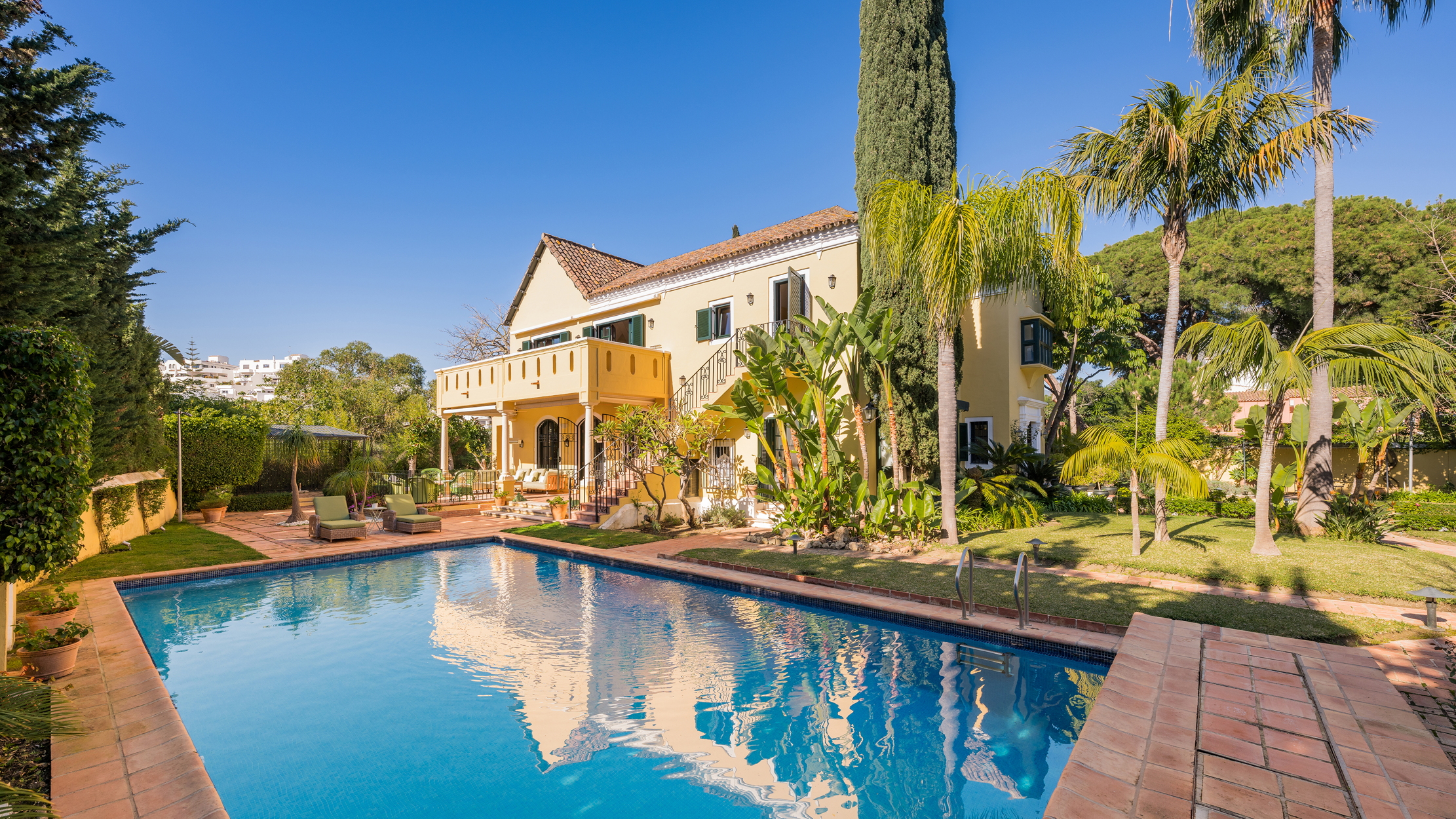 Damon Hill's former home in Marbella is the perfect place to slow down
Damon Hill's former home in Marbella is the perfect place to slow downThe glorious Andalusian-style villa is found within the Lomas de Marbella Club and just a short walk from the beach.
By James Fisher Published
-
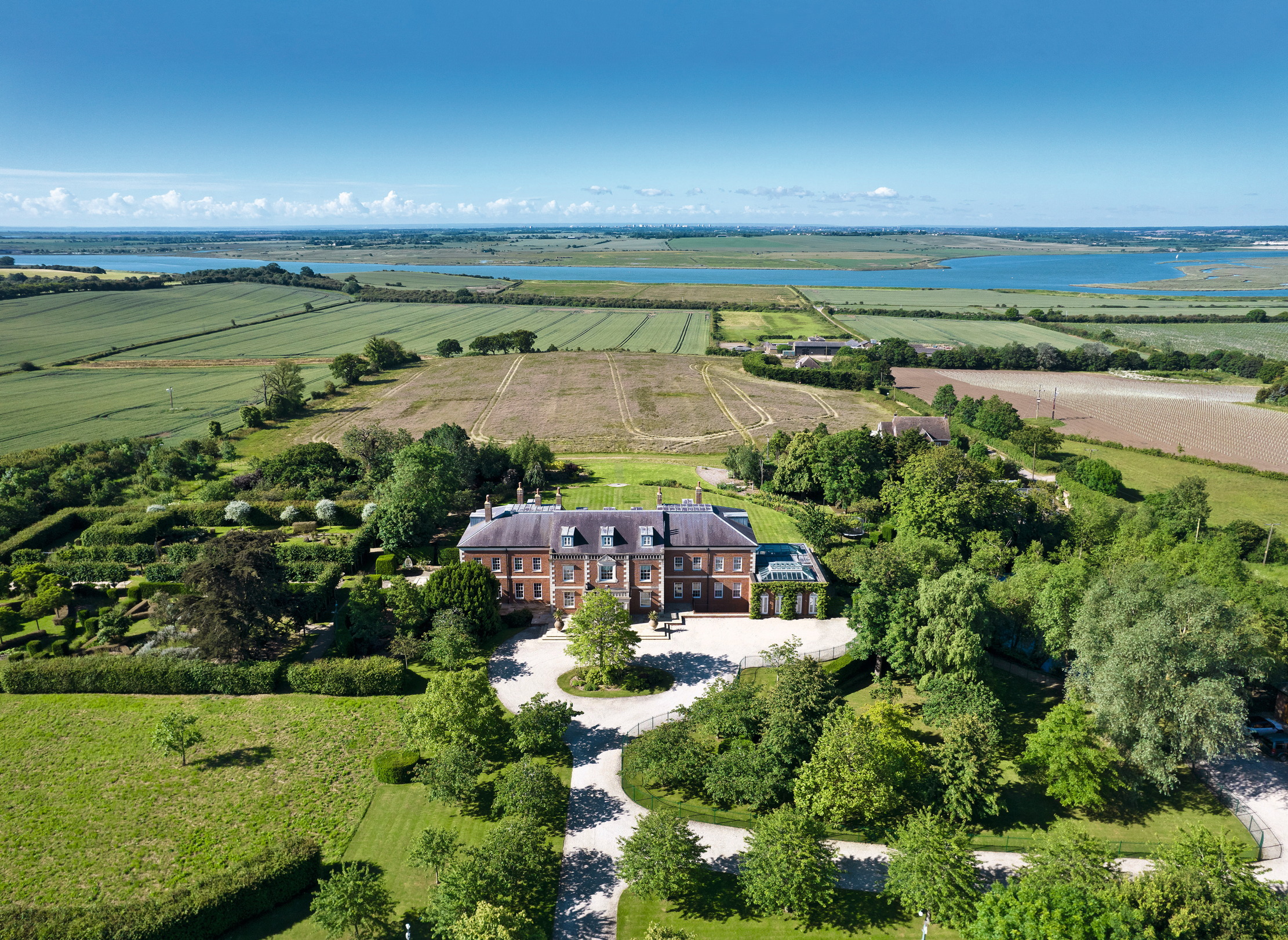 A 327-acre estate in the heart of 'England’s Côte d’Or', with a 26,000sq ft Georgian style home at its heart
A 327-acre estate in the heart of 'England’s Côte d’Or', with a 26,000sq ft Georgian style home at its heartStokes Hall in the Crouch Valley is an inspiring property looking for a new owner.
By Penny Churchill Published
-
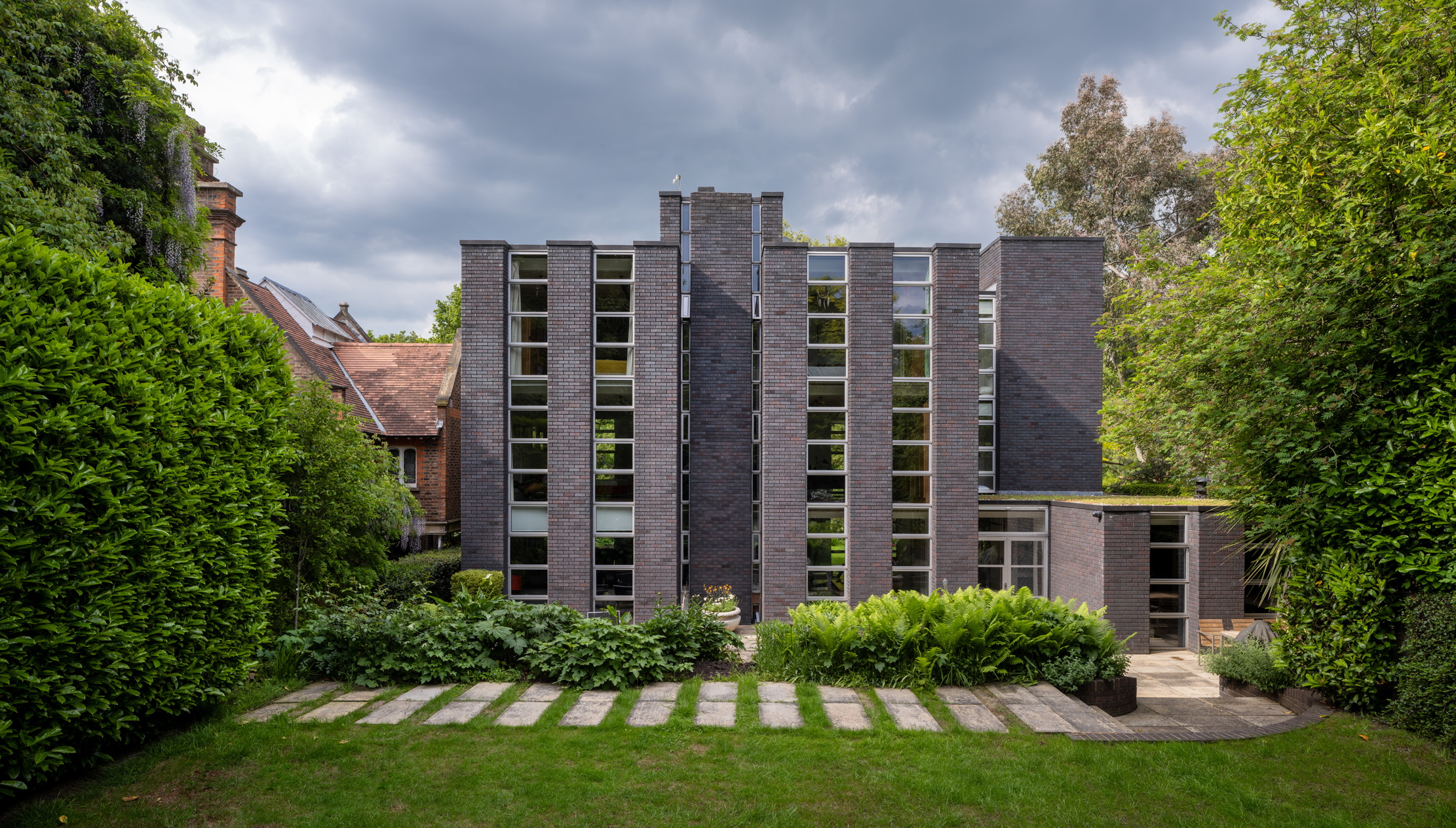 Schreiber House, 'the most significant London townhouse of the second half of the 20th century', is up for sale
Schreiber House, 'the most significant London townhouse of the second half of the 20th century', is up for saleThe five-bedroom Modernist masterpiece sits on the edge of Hampstead Heath.
By Lotte Brundle Published
-
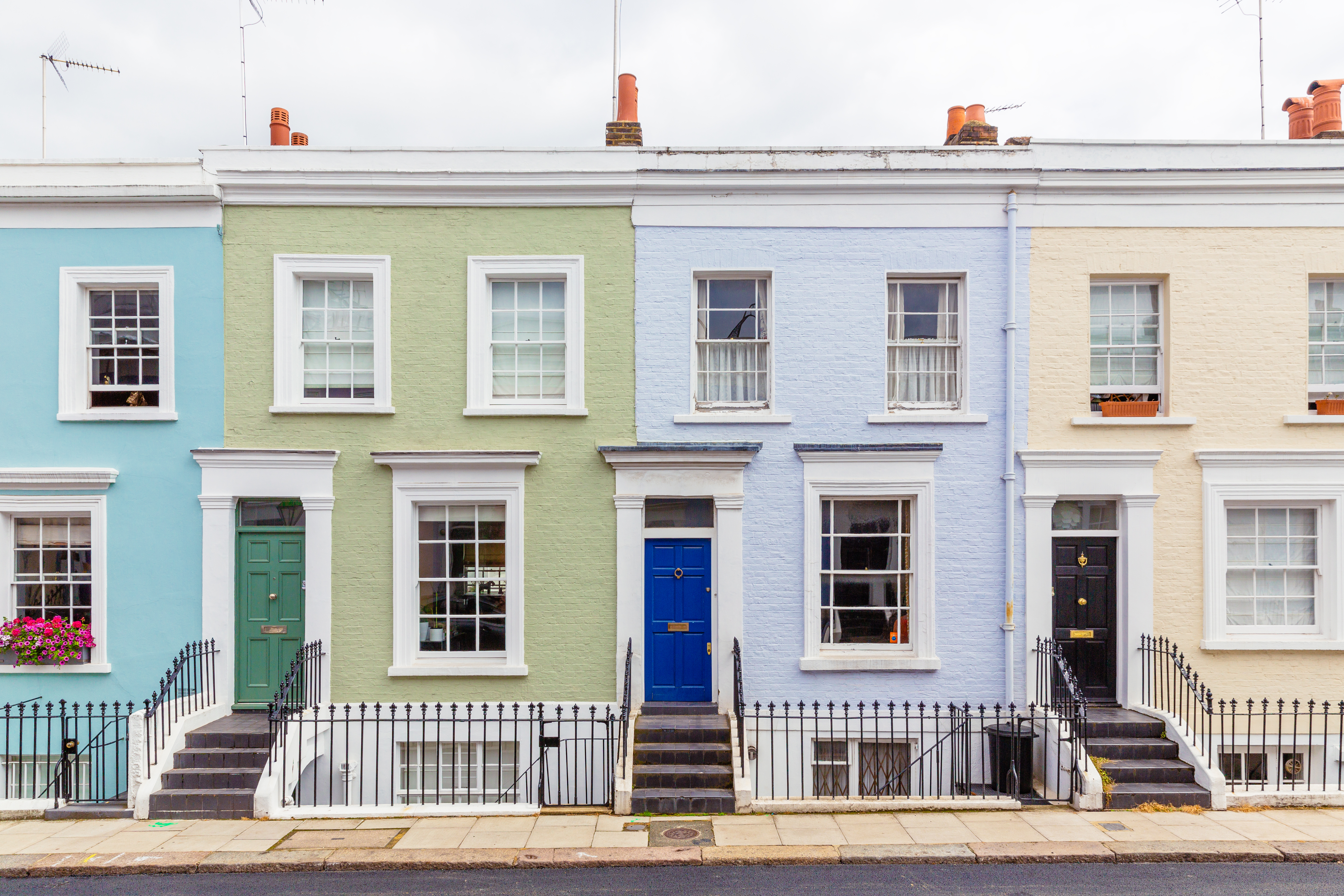 Is the 'race for space' officially over?
Is the 'race for space' officially over?During the lockdowns, many thought the countryside was the place to be. It seems many are now changing their minds.
By Annabel Dixon Last updated
-
 What's a 'wellness village' and will it tempt you back into the office?
What's a 'wellness village' and will it tempt you back into the office?The team behind London's first mixed-use ‘wellness village’ says it has the magic formula for tempting workers back into offices.
By Annunciata Elwes Published
-
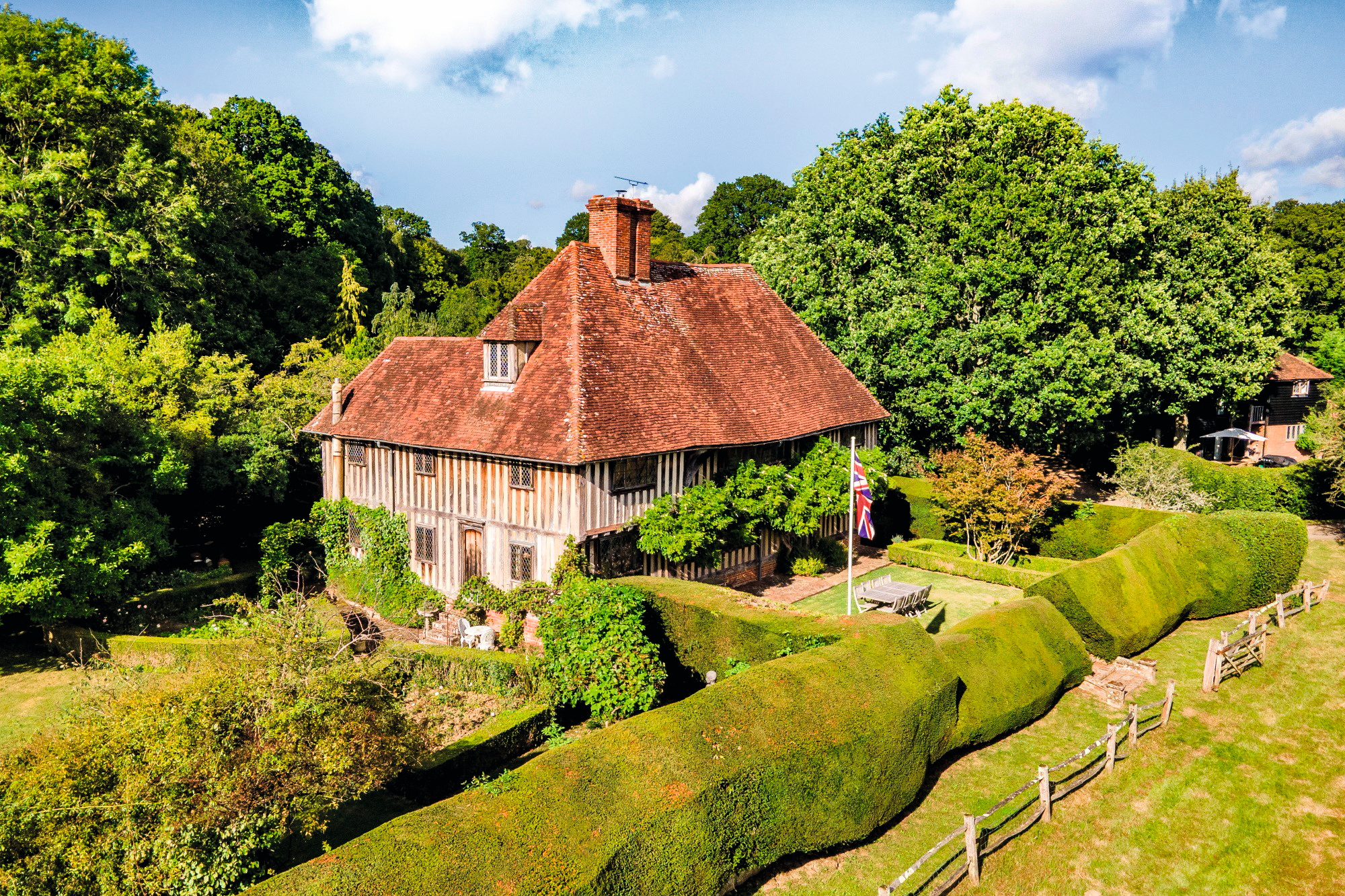 A mini estate in Kent that's so lovely it once featured in Simon Schama's 'History of Britain'
A mini estate in Kent that's so lovely it once featured in Simon Schama's 'History of Britain'The Paper Mill estate is a picture-postcard in the Garden of England.
By Penny Churchill Published
-
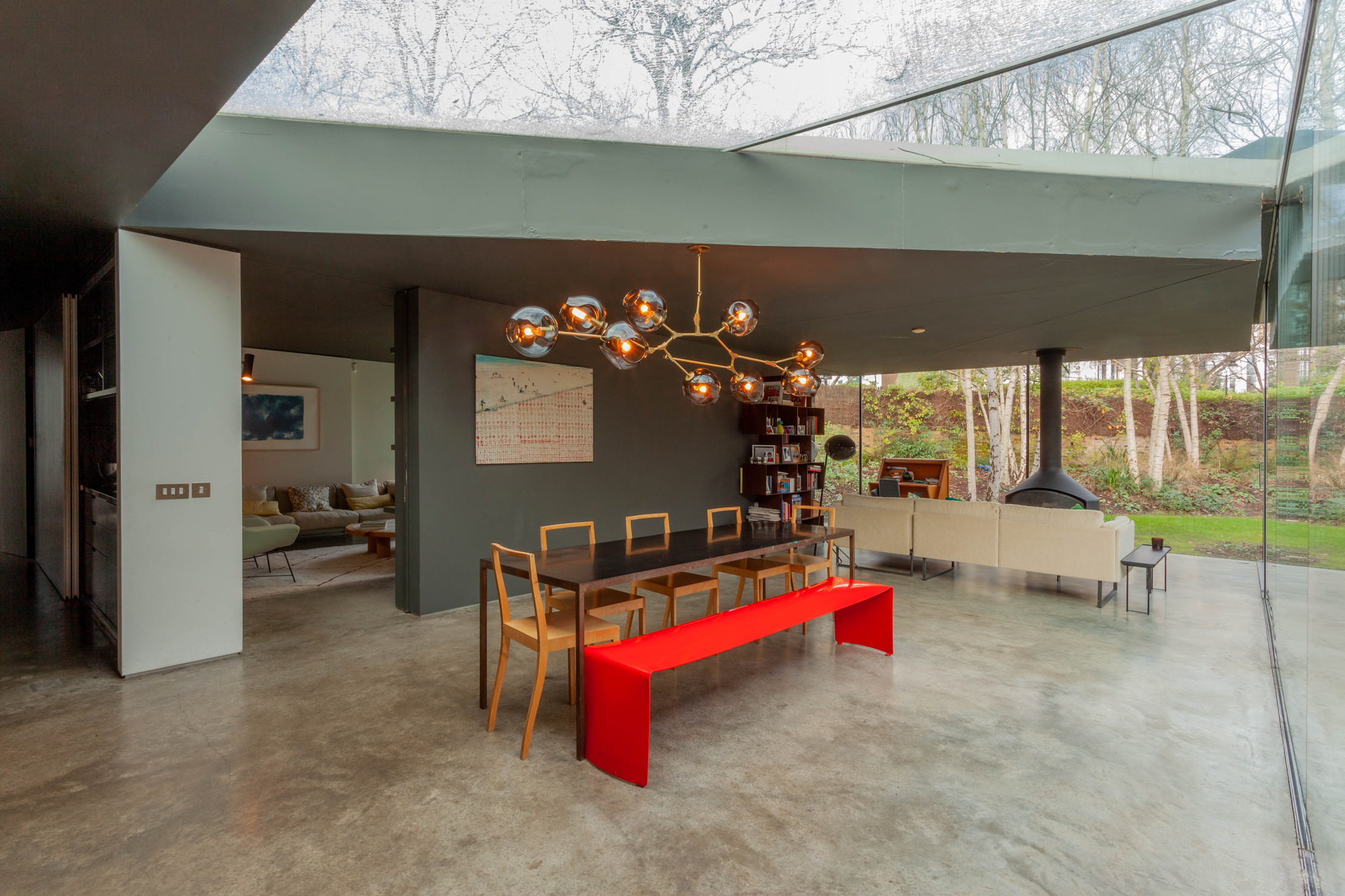 Hidden excellence in a £7.5 million north London home
Hidden excellence in a £7.5 million north London homeBehind the traditional façades of Provost Road, you will find something very special.
By James Fisher Published
